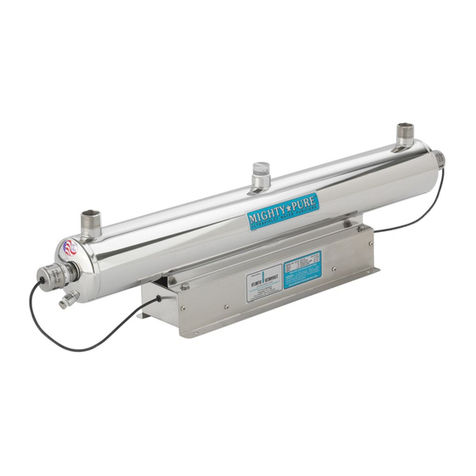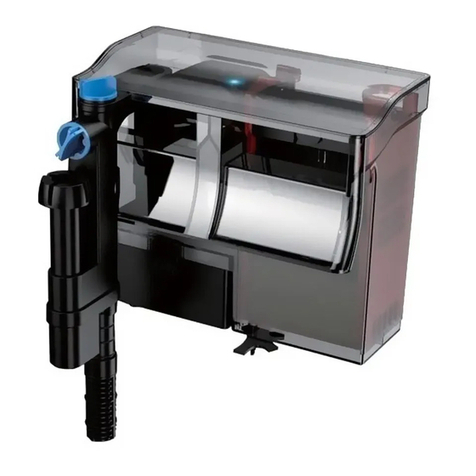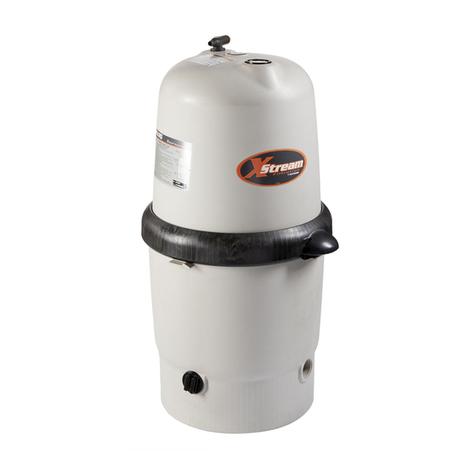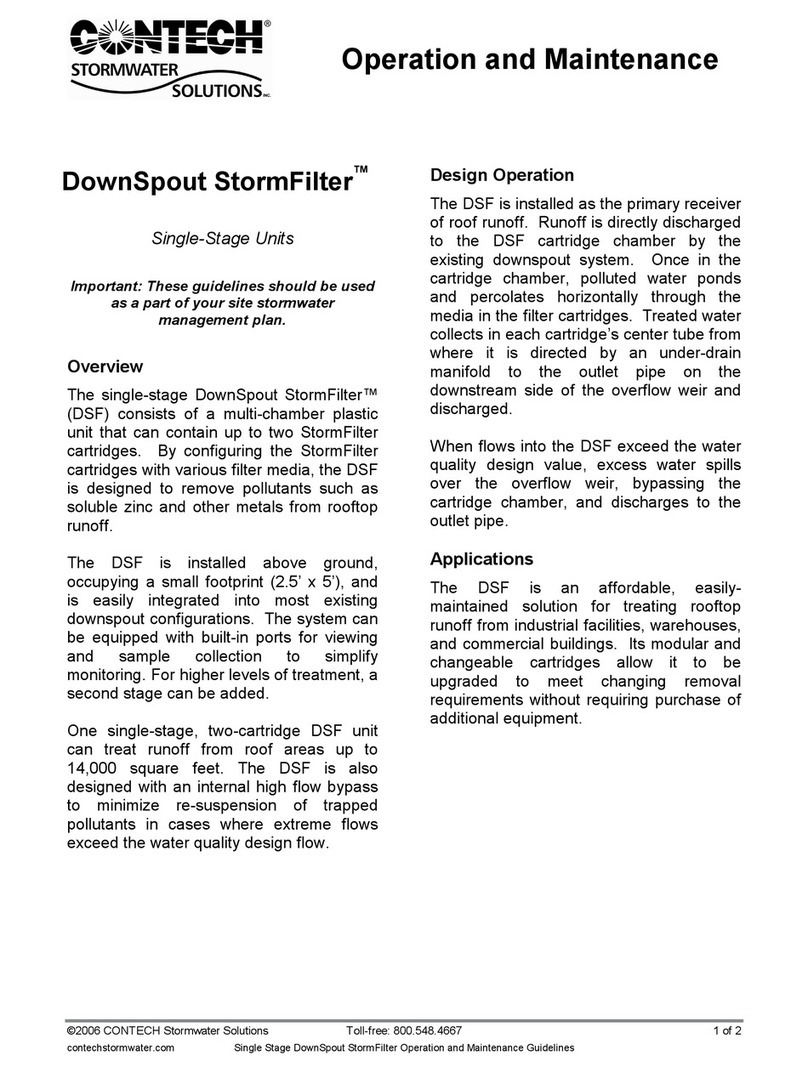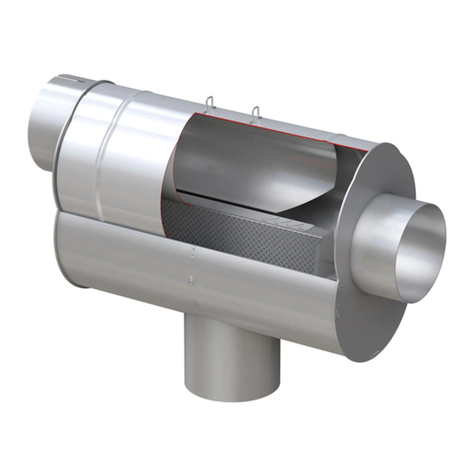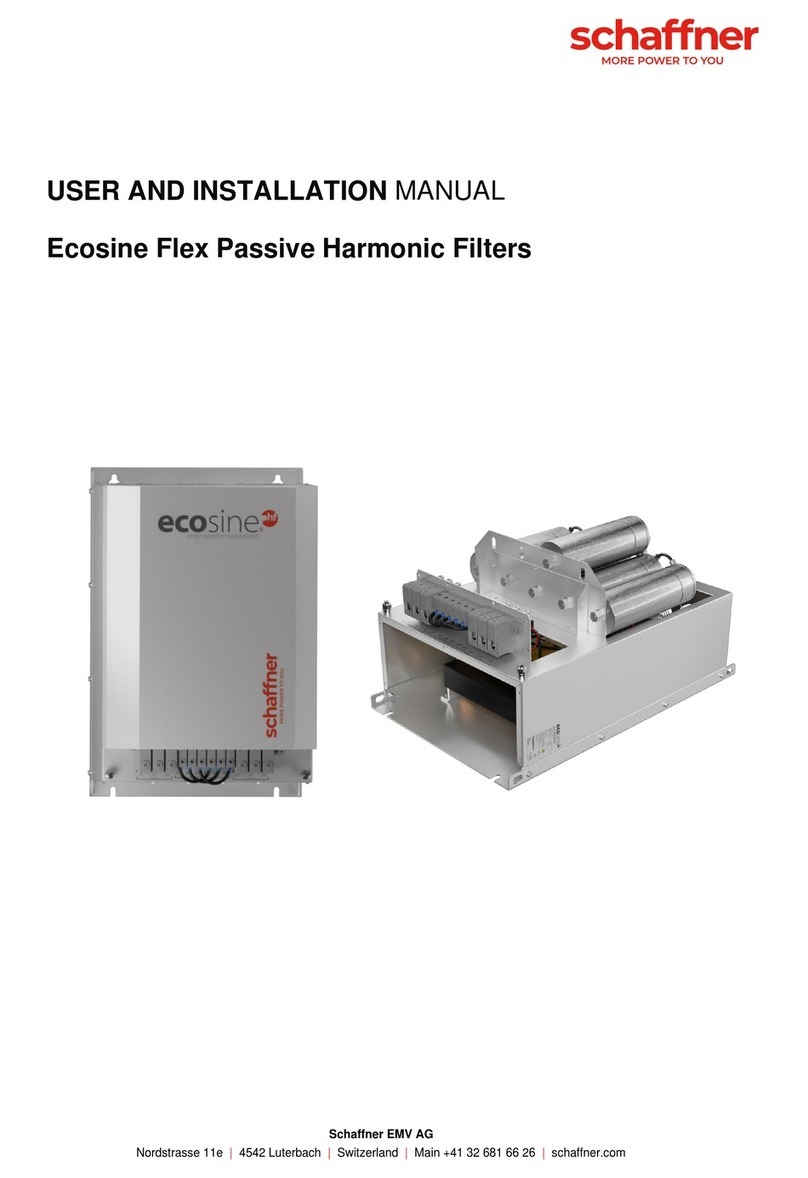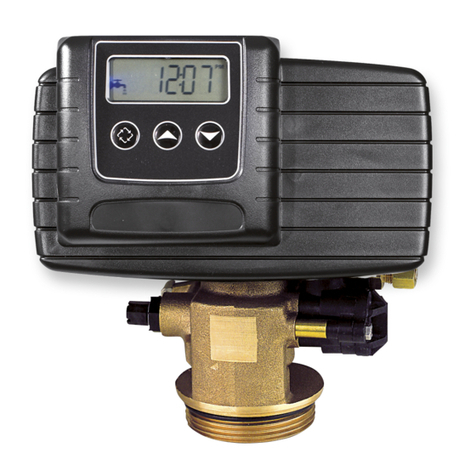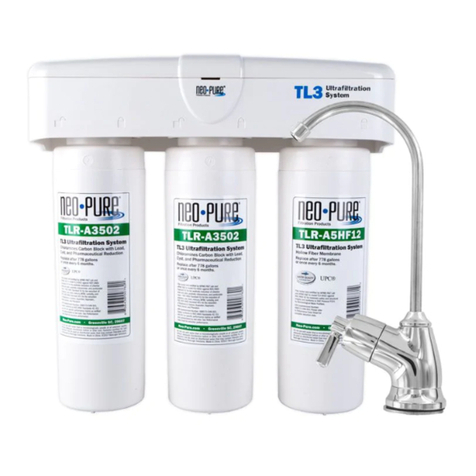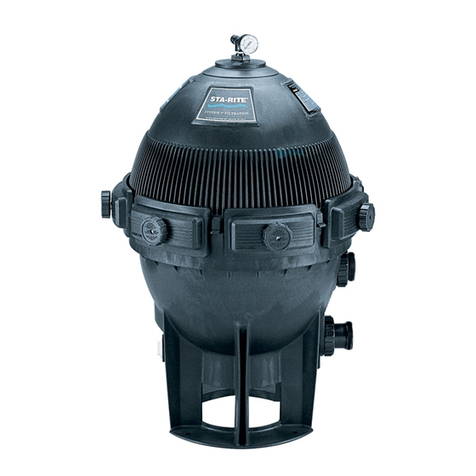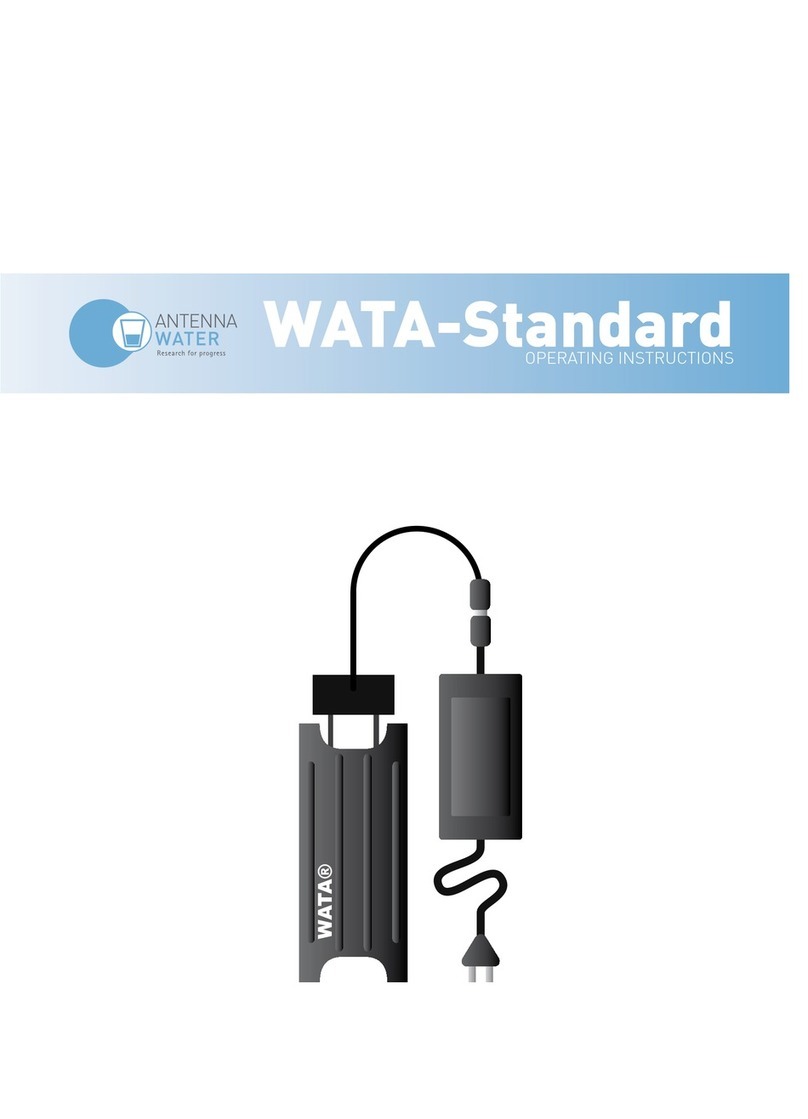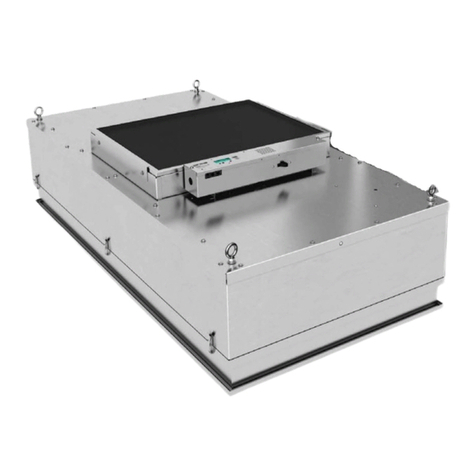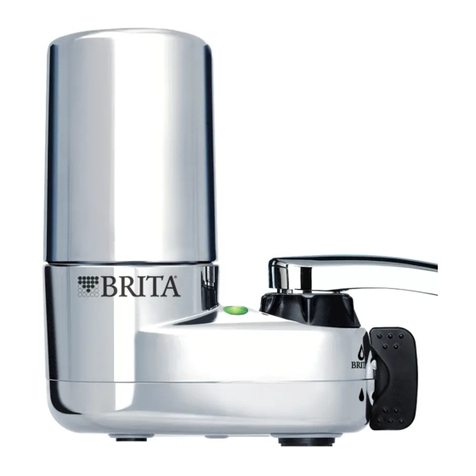
AQ243 WW (NO-CAL) 7 2243.01.0616
This document is the property of Rena Ware International. It may not be modified, and images and text contained in it may not be excerpted or extracted
for any use.
AquaNano HD Product Knowledge Seminar –REFERENCE GUIDE
As the plastics break down toxins are released into the environment. These plastic bits also act as
sponges for persistent toxins already present in seawater, such as DDT and PCBs.9
The plastic bits are then eaten by tiny organisms, who are then
eaten by larger organisms. Plastics are entering the food chain
with unknown implications on human beings, but according to
National Geographic, “Pollutants also become more concentrated
as animals eat other contaminated animals—which could be bad
news for us, the animals at the top of the food chain.”10
Plastic never goes away! Anthony L. Andrady, a polymer chemist
at the Research Triangle Institute in North Carolina who
specializes in plastics says, “Every little piece of plastic
manufactured in the past 50 years that made it to the ocean is still out there somewhere.11
This is building into an environmental issue of global proportions. Capt. Charles Moore, the man who
originally discovered the Great Pacific Patch, says, “If you eliminate the scourge of bottled water, you
will be eliminating one of the biggest problems facing our environment.”12
In June 2006 the United Nations Environment Program (UNEP) and the International Union for
Conservation of Nature (IUCN) issued a report saying that over 46,000 pieces of plastic litter are
floating on every square mile of ocean.13
It is estimated we could eventually destroy as many as 700 marine species that are currently
endangered by plastic.14 We could potentially destroy parts of the food chain and increase world
hunger.
What is the solution? Prevention!
We need to prevent plastic waste from ever reaching the ocean. We can start by eliminating single-use
plastic water bottles.
______________________________________
9 “Plastic Waste Inputs From Land Into the Ocean”, Transcript of the Comments given at the AAAS Panel, February 12, 2015, San Jose, CA, USA,
http://jambeck.engr.uga.edu/landplasticinput
10 National Geographic News, Thursday October 28, 2010, http://news.nationalgeographic.com/news/2009/08/090820-plastic-decomposes-oceans-
seas.html
11 LA Times, August 2, 2006, Altered Oceans Part Four: “Plague of Plastic Chokes the Seas”, http://www.latimes.com/world/la-me-ocean2aug02-story.html
12 Capt. Charles Moore, “Plastic Water Bottles: Harmful to the Ocean, Air and You”, Algalita Marine Research and Education,
http://www.algalita.org/plastic-water-bottles-harmful-to-the-ocean-air-and-you/
13 Ecosystems and Biodiversity in Deep Waters and High Seas”, a report by the United Nations Environment Programme (UNEP) and the International
Union for the Conservation of Nature (IUCN), June 2006, http://www.unep.org/Documents.Multilingual/Default.asp?DocumentID=480&ArticleID=5300&l=en
14 Nature World News, Feb 19, 2015, One Green Planet http://www.onegreenplanet.org/environment/marine-species-extinction-and-plastic-pollution/
